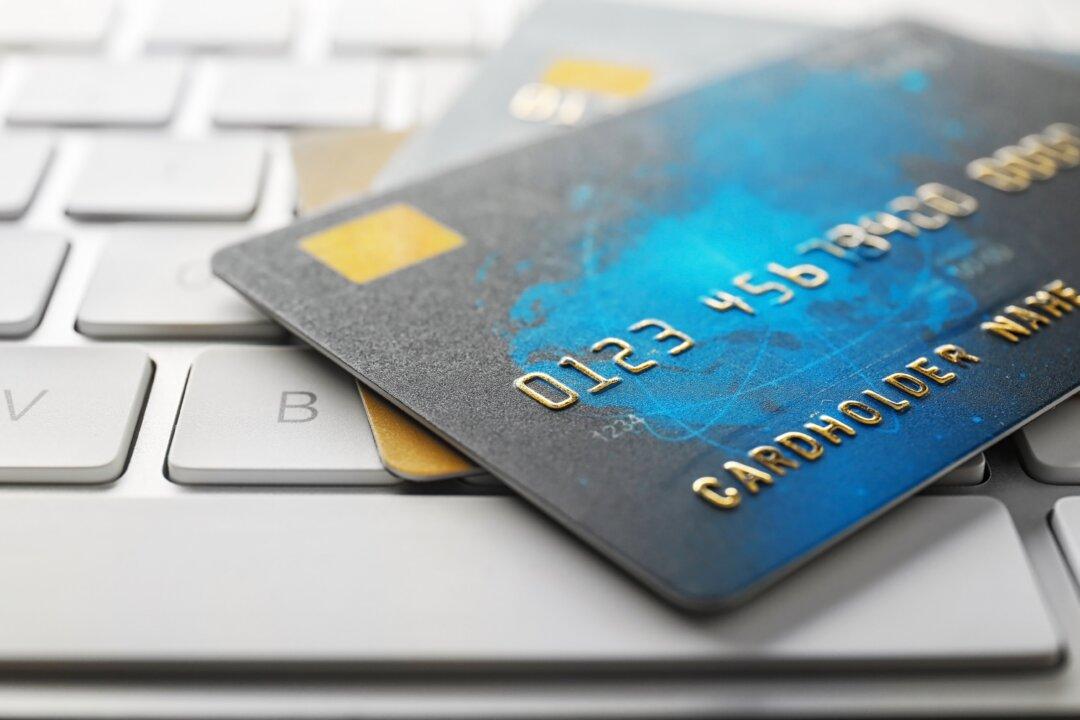Having multiple bank accounts is the mantra of many financial gurus. And that is an important way to organize and implement a budget. But other accounts should be in your financial toolbox.
Looking at your financial goals and organizing your money appropriately is essential. Various bank accounts can help. But these should be combined with other financial accounts. What accounts should you have, and how do they work together?






